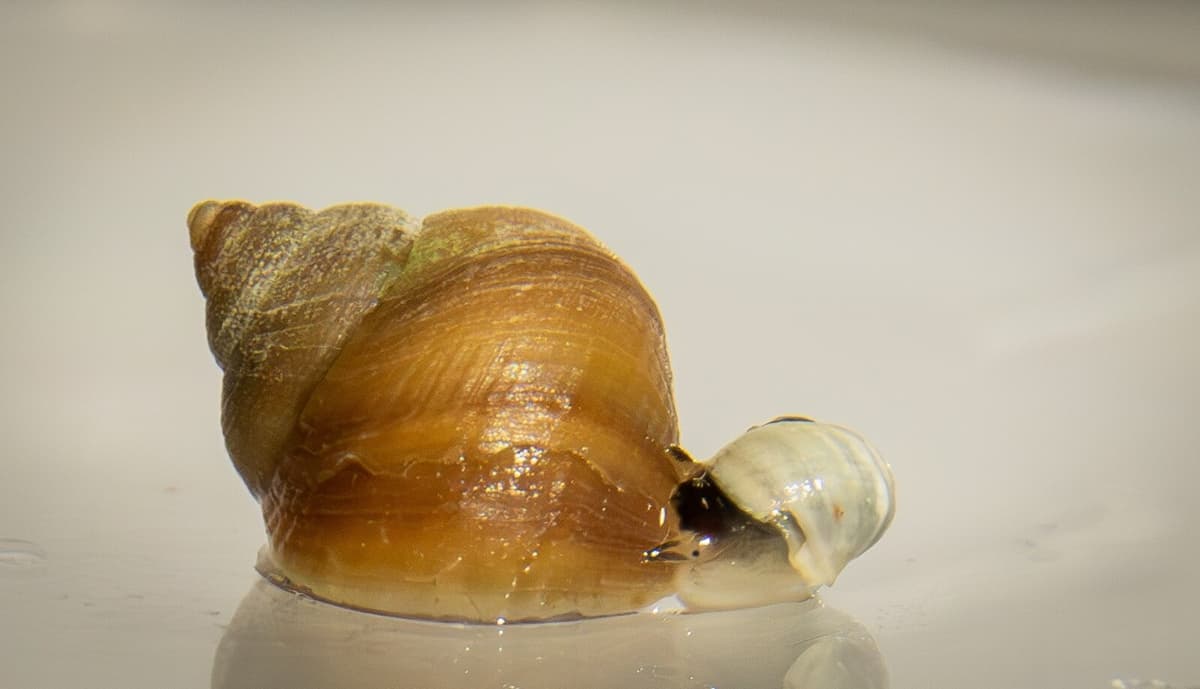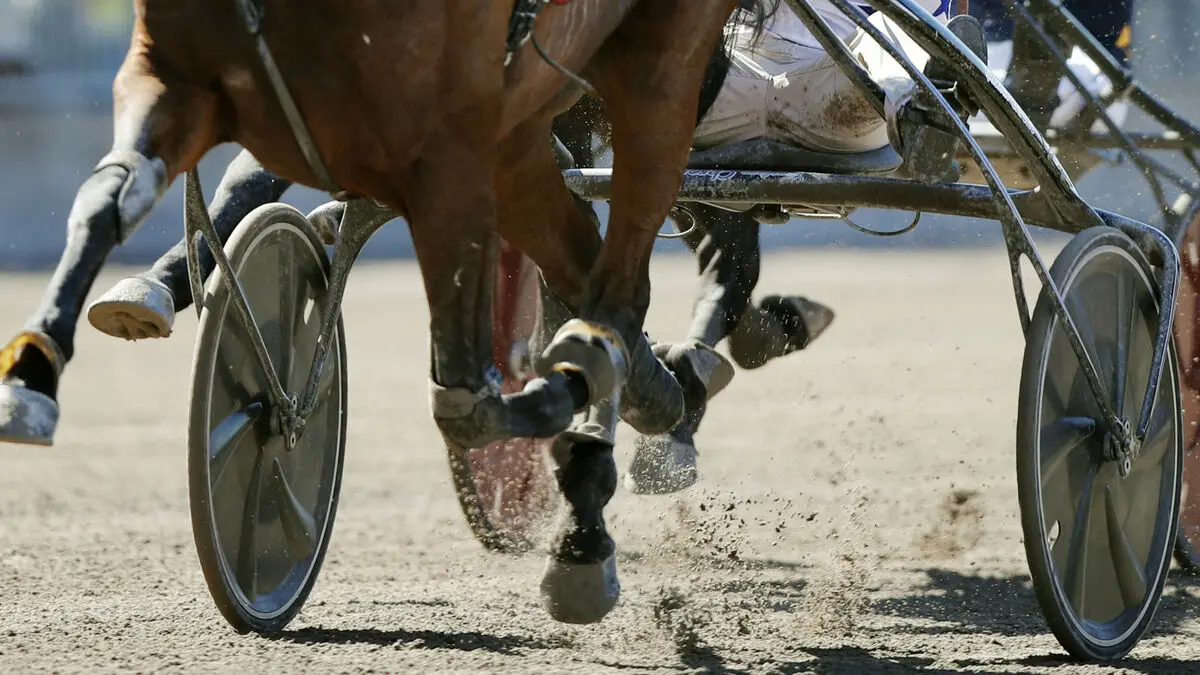It gives hope, thinks Kerstin Johannesson, professor of marine ecology at the University of Gothenburg.
It gives a little hope in these times we live in now. We are changing the environment at a tremendous pace, she says, referring to climate change and environmental degradation.
Many species are affected when the surrounding environment changes. For some species, the solution may be to move.
But it doesn't always work. The fact that they could adapt gives hope.
Killed in algal bloom
When an unusually powerful algal bloom hit the West Coast in 1988 and wiped out the population of periwinkles living in the tidal zone on a small islet, she took the opportunity to start an experiment.
The wiped-out periwinkles were replaced with another variant of periwinkles, which were moved to the islet. The relocation distance was only a few hundred meters within the same archipelago, but it was a drastic environmental change that she thought would be difficult for the newly arrived periwinkles to survive.
They were, after all, designed to cope with a life surrounded by hungry crabs: They were equipped with a large and strong shell and were extremely cautious, always ready to be attacked by a crab.
Now they came to an environment where the challenge was to cope with powerful sea waves. Their predecessors, who had died in the algal bloom, had been adapted to this life — they were small, had thin shells, and were forced to act boldly to constantly find places to cling to in the tidal zone.
Far-reaching adaptation
The fully grown, relocated periwinkles died after the move. But before that, the female periwinkles had managed to release offspring in half-millimeter size. Some of these mini-periwinkles survived and could reproduce, thanks to dormant genes on standby.
The sorting in the beginning killed many of the small ones, but a few survived and gradually became more and more, says Kerstin Johannesson.
After about 30 generations, the adaptation to the new environment has gone so far that the crab periwinkles now resemble their predecessors on the islet in every detail.
A prerequisite for such an adaptation is that there is genetic variation, notes Kerstin Johannesson. Some of the large crab periwinkles carry the genes needed to become a small wave periwinkle.
When you move them, these genes become extremely, extremely useful. Their offspring get an advantage and survive.
Changing world
It highlights the importance of genetic variation for a species to cope in a changing world, she emphasizes.
That's why, for example, the Swedish wolf population becomes vulnerable if the wolves are few and all wolves are related to each other. It reduces the likelihood that they will carry the breadth of different traits needed in a situation where the environment changes.
— You can think of the cod in the Baltic Sea or any other species that would naturally be very many individuals, but where we have pushed them back and they are no longer so many, then you reduce their chances of surviving environmental changes, says Kerstin Johannesson.
Darwin's ideas
The periwinkle study, published in the scientific journal Science Advances, is one of the first of its kind.
In the USA, similar rapid adaptations to a new environment have been highlighted in studies on fish. In one case, it was a volcanic eruption that reshaped the environment. Fish from the sea came in and adapted to life in a newly formed lake. In the other fish study, researchers followed how a fish species adapted when the river water they lived in became heavily polluted.
That it happens at all is not surprising, because it's Darwin's ideas from start to finish here: natural selection changing organisms. That it can go so super-fast is what's surprising, says Kerstin Johannesson.
Cecilia Klintö/TT
Facts: Viviparous periwinkle
TTTT
The study was conducted on viviparous periwinkles. Viviparous refers to the fact that this snail species gives birth to live young.
The females carry their eggs and larvae in a pouch under the shell, and then mini-periwinkles, which look like the adults in miniature, emerge when they are ready. Each snail mother carries hundreds of mini-periwinkles.
Other snail species have egg capsules and larval stages that drift with ocean currents for a few weeks.
Viviparous periwinkles come in two forms. One is large and thick-shelled and lives among stones on beaches with many crabs, while the other is smaller and thinner-shelled and lives on wave-exposed rocks.
The different forms are still considered the same species. It is possible for them to interbreed, and then hybrids are formed.
Source: Havet.nu and Kerstin Johannesson, University of Gothenburg





